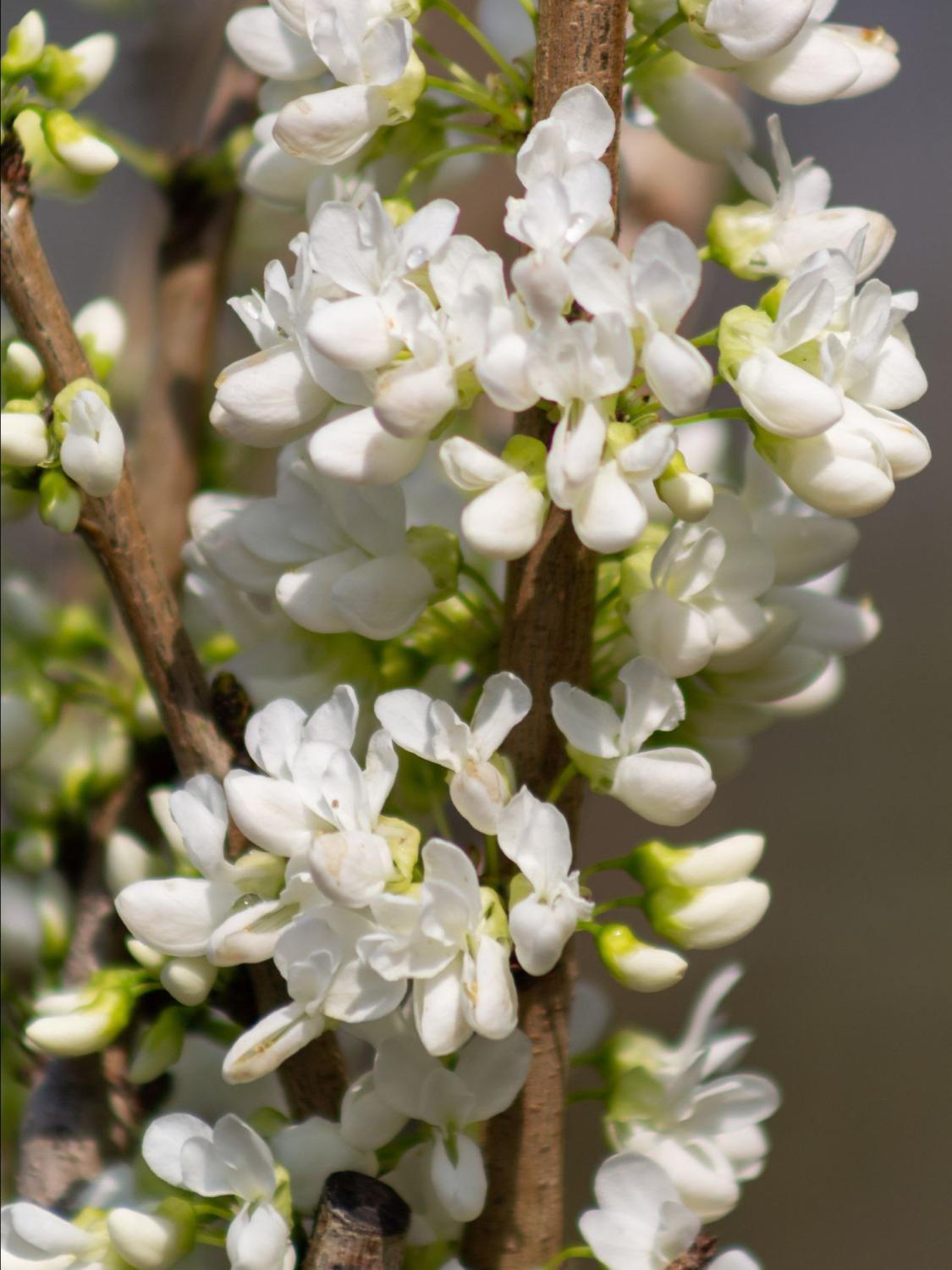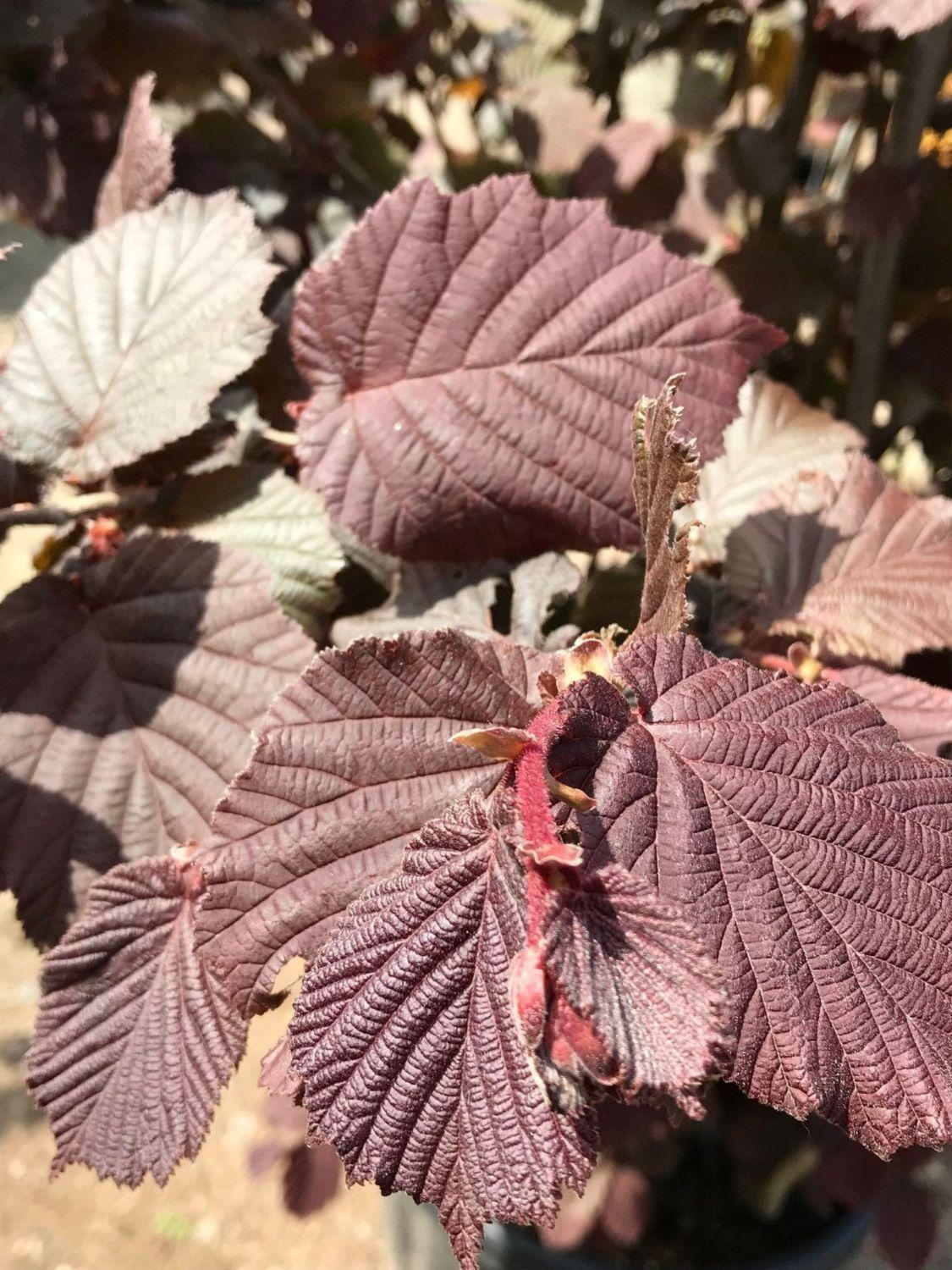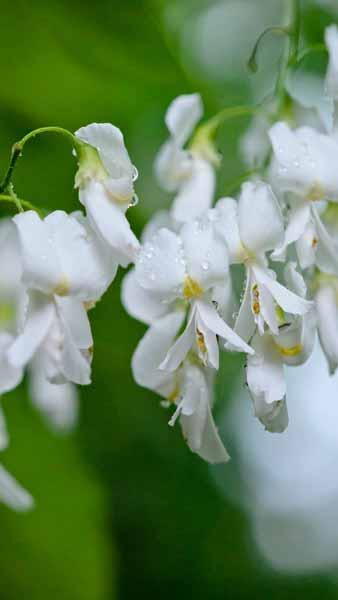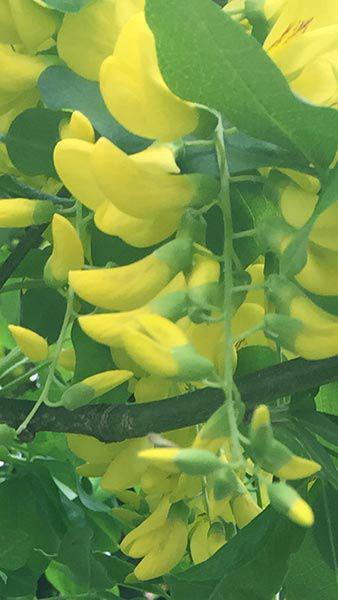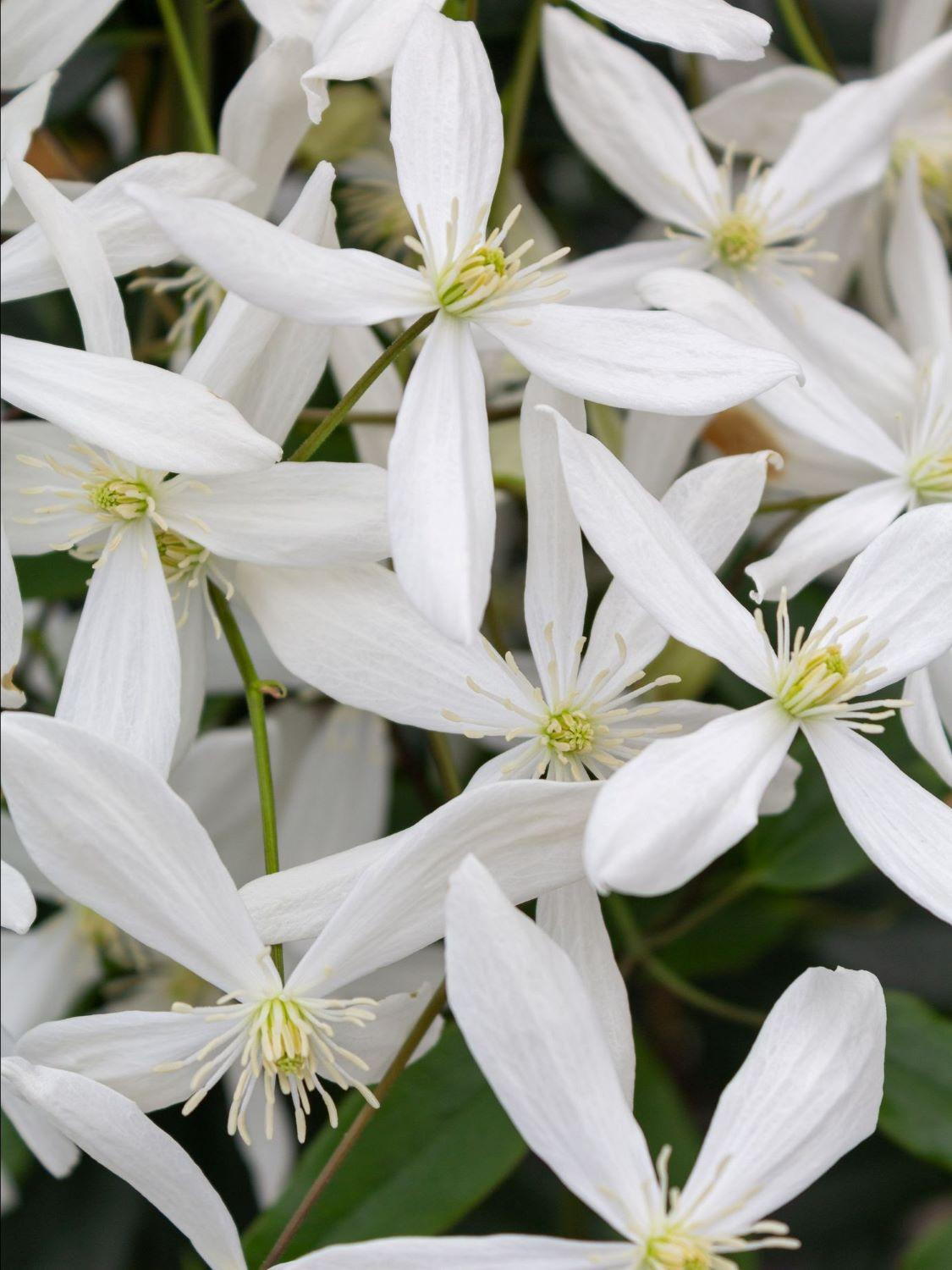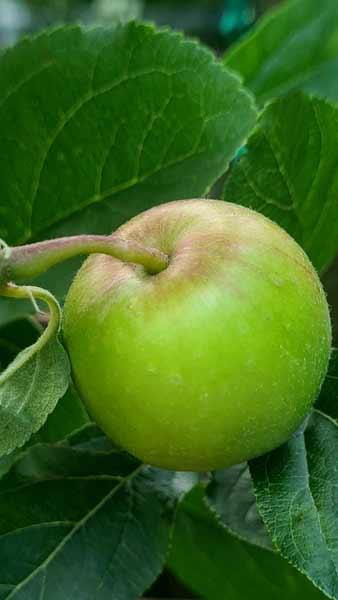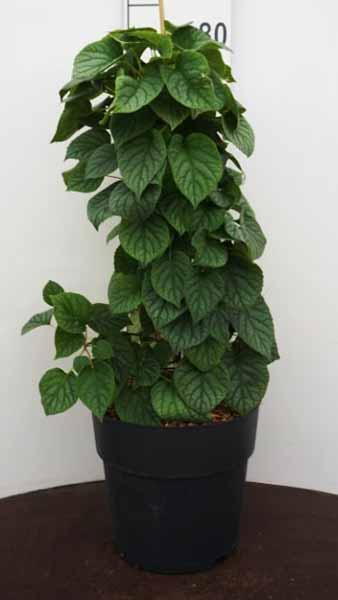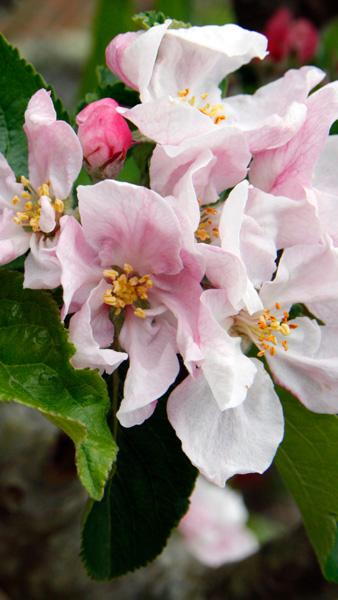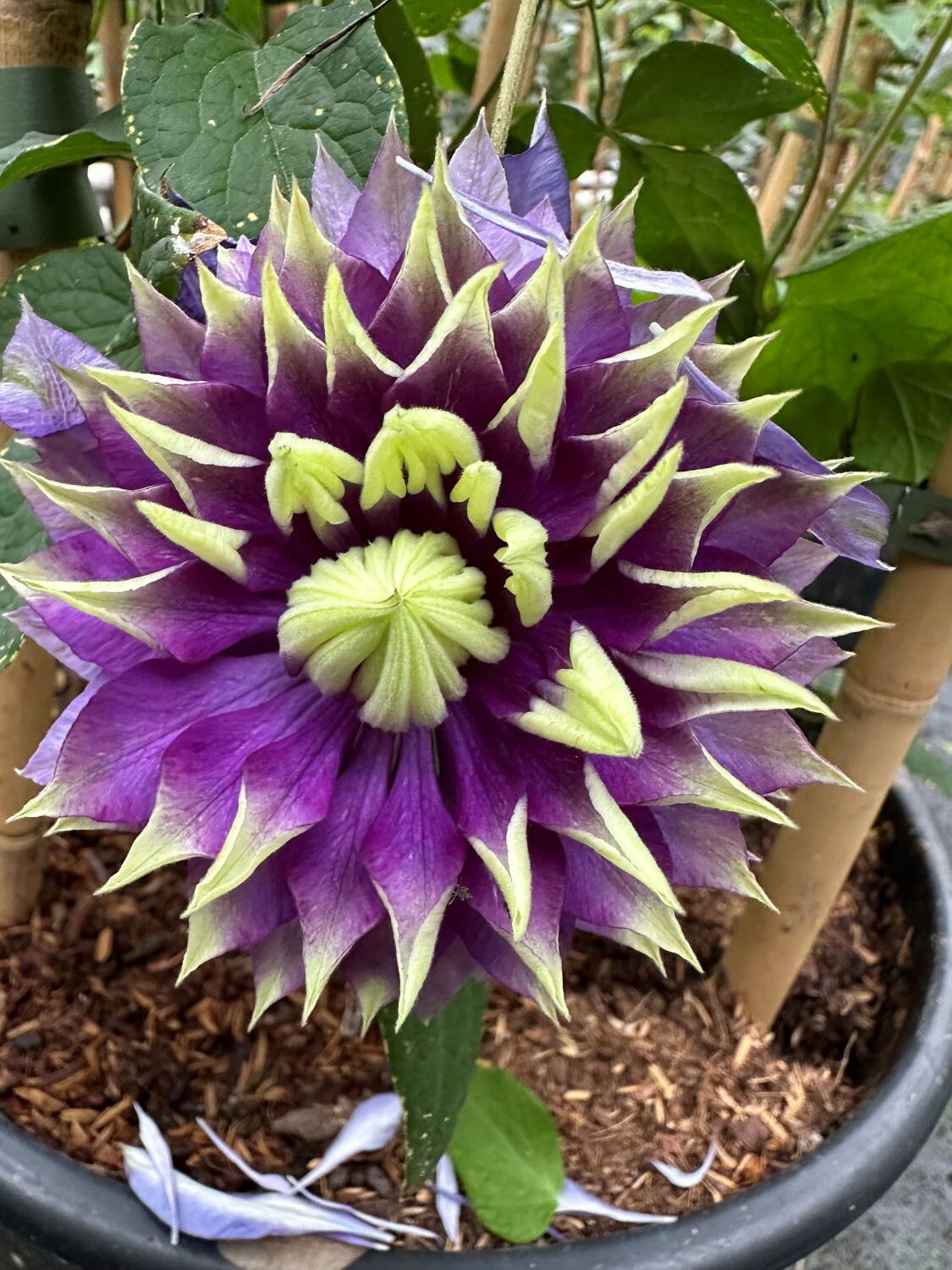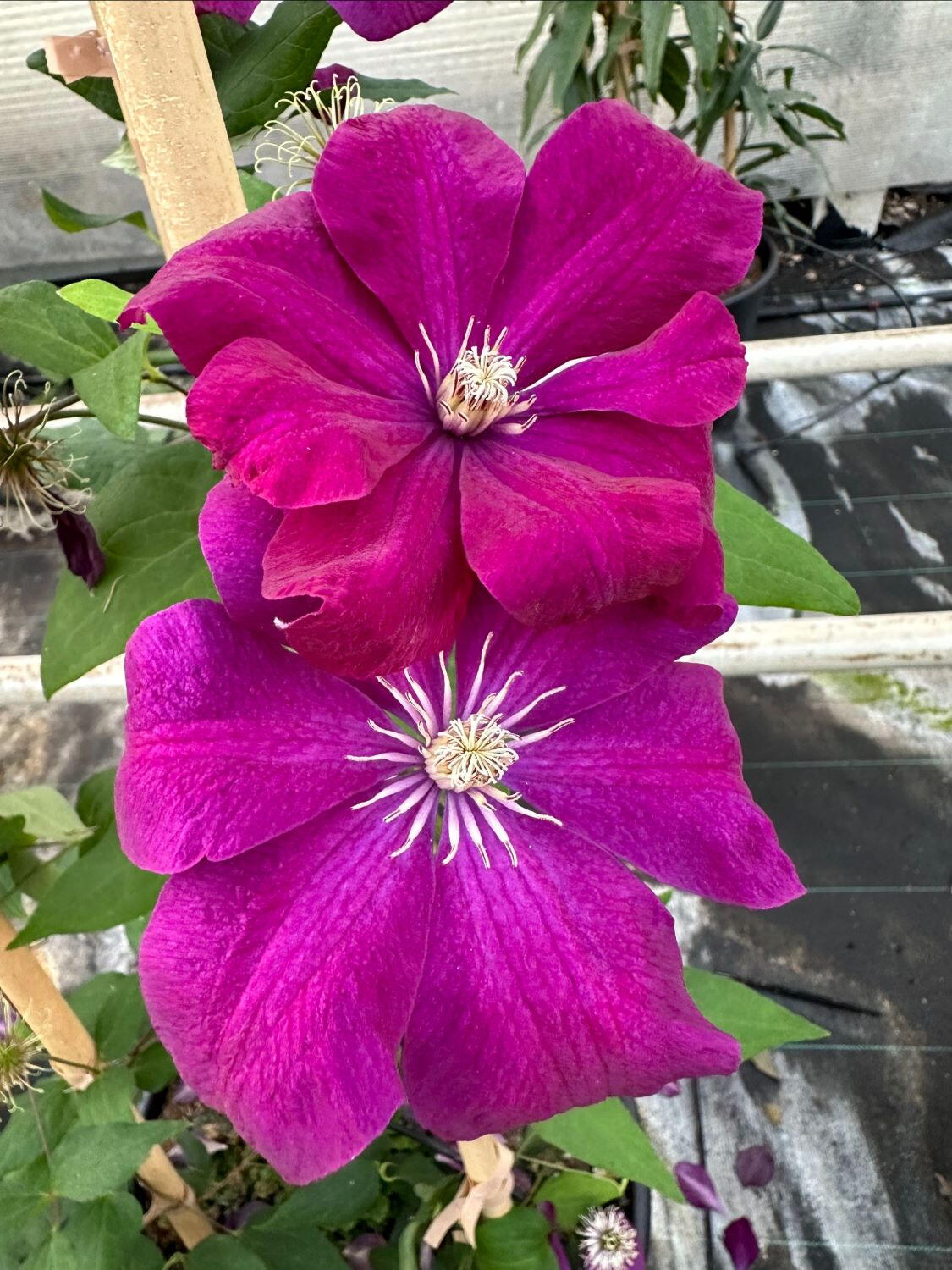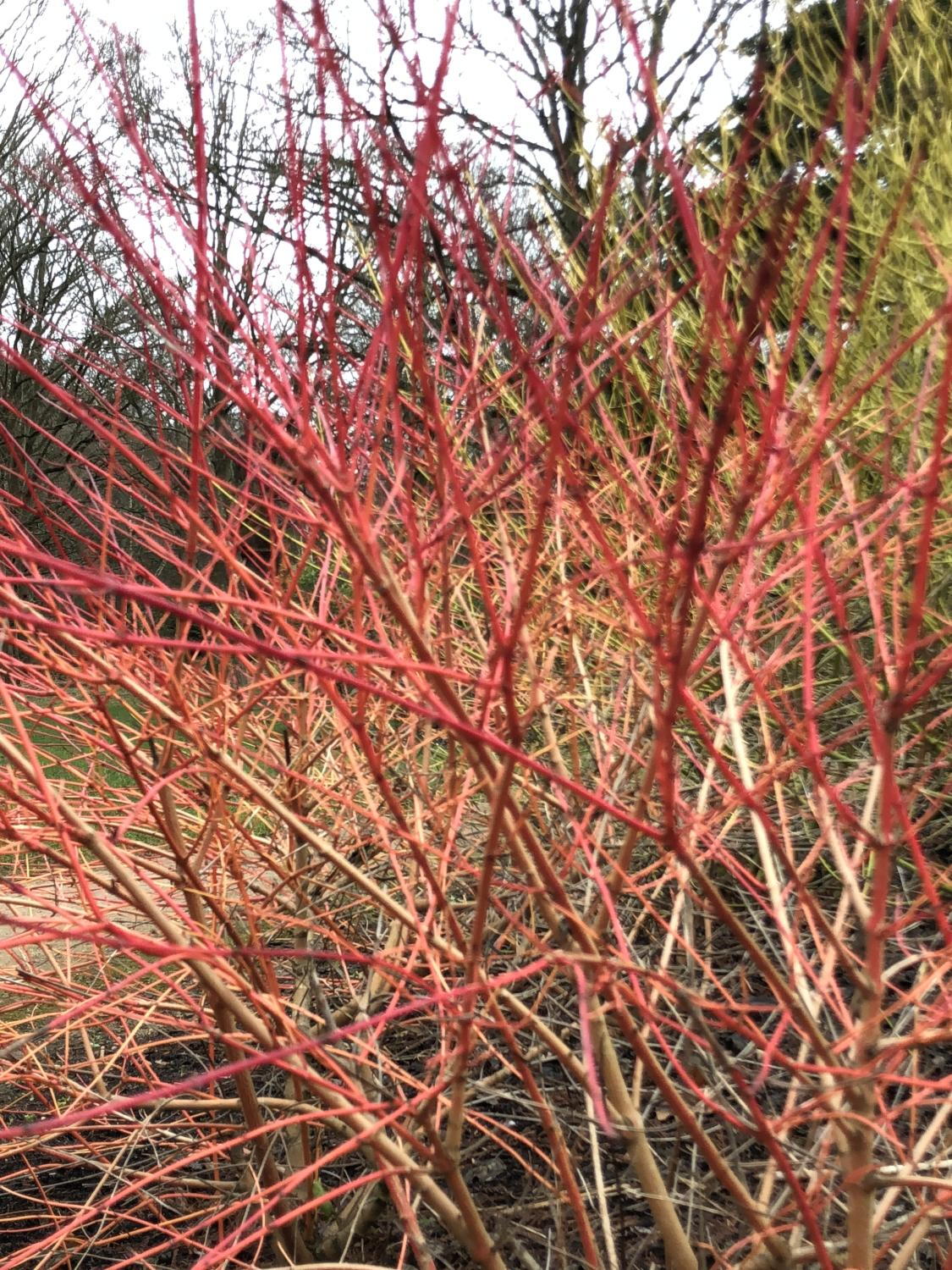Salix Sachalinensis Golden Sunshine Willow Ornamental Willow
Grown for its brilliant golden foliage, Salix sachalinensis Golden Sunshine, more commonly known as Golden Sunshine Willow, is a deciduous, multi-stemmed shrub. Ideal as a statement or a specimen plant, this ornamental shrub variety of willow offers interest through all four season. In the spring, the distinctive vivid chrome-yellow foliage unfolds. The bright, lance-like leaves are narrow and elegant, densely held along reddish twigs. As the leaves form, insignificant willow catkins appear, borne in elongated, pale yellow stamens. In the autumn, the colour of the foliage deepens, turning to shades of chartreuse. When the foliage drops, the reddish-brown, upright spreading stems of Golden Sunshine Willow provide winter interest.Fast-growing and adaptable, Salix sachalinensis Golden Sunshine prefers full sun and moist soils, regardless of their type. As most willow varieties, Golden Sunshine is tolerant of wet, boggy soils and poor drainage, so it is often planted in areas prone to seasonal flooding or ponds and streams. Vigorous, with a broad, upright spreading habit, this shrub can grow to be up to 2 metres high and 5 metres across in ideal conditions.Discovered in Japan, this variety of willow is fully hardy in all of the UK. Able to survive even in the severest European continental climates, Salix Sachalinensis Golden Sunshine won’t require sheltering from frost and cold winds. Considered low-maintenance, Golden Sunshine Willow should be pruned occasionally, after the dormant season. The natural, bushy form of this cultivar should be rejuvenated with the removal of dead and damaged twigs. If you want to reduce the size of the shrub or to promote the growth of new, more vibrant stems, simply cut back the older branches. The spectacular, golden-yellow foliage and elegant form of this deciduous shrub make it a great choice as a statement plant, or a part of an ornamental shrub border or hedge. The display of dense, bright yellow leaves is highly decorative and provides privacy, and in the winter, the bare twigs of this multi-stemmed shrub serve the same function. Plant Golden Sunshine Willow to add texture and colour to your garden, or use its dramatic features to accent your garden.For more plants that thrive on wet soils, take a look at our assortment of willow varieties including Salix Babylonica - Weeping Willow Tree or Salix Alba Willow Tree. See our collection of hedging plants for more shrubs suitable for hedges and borders.
